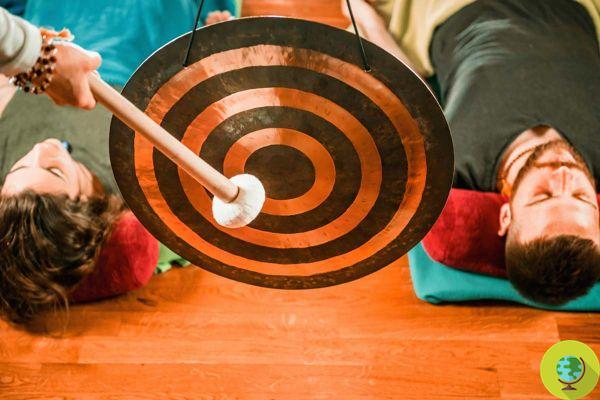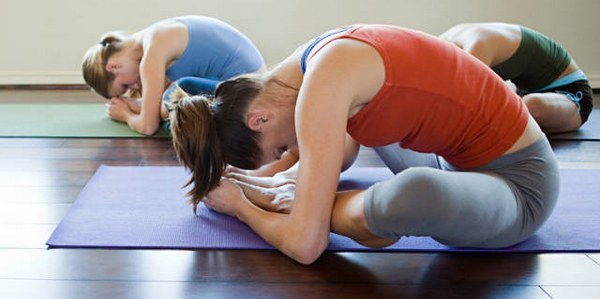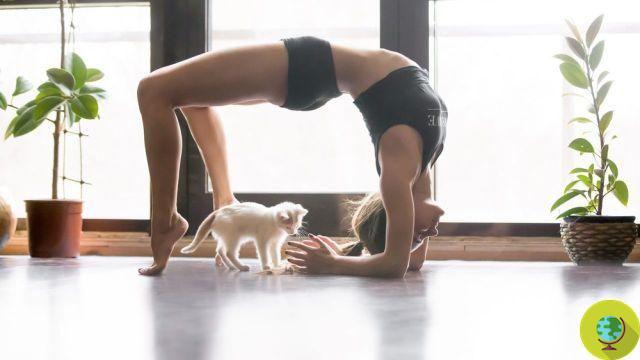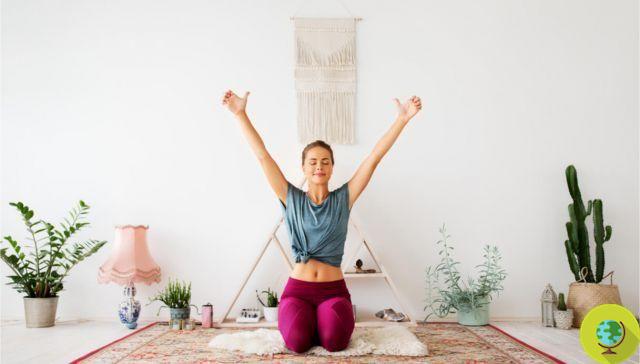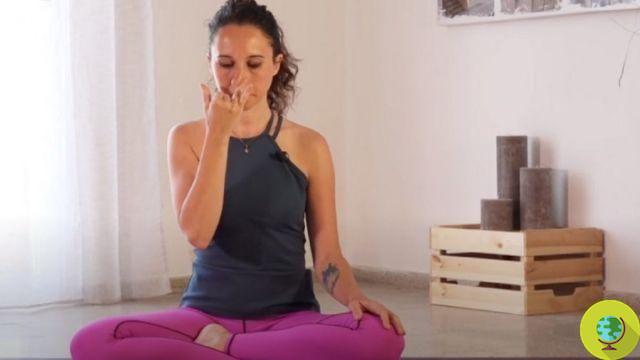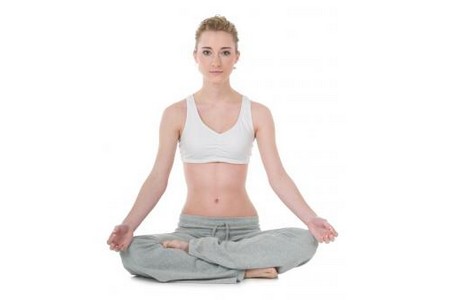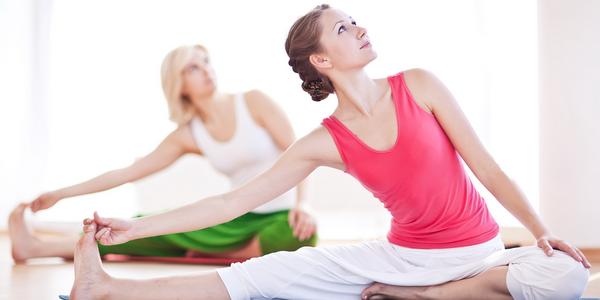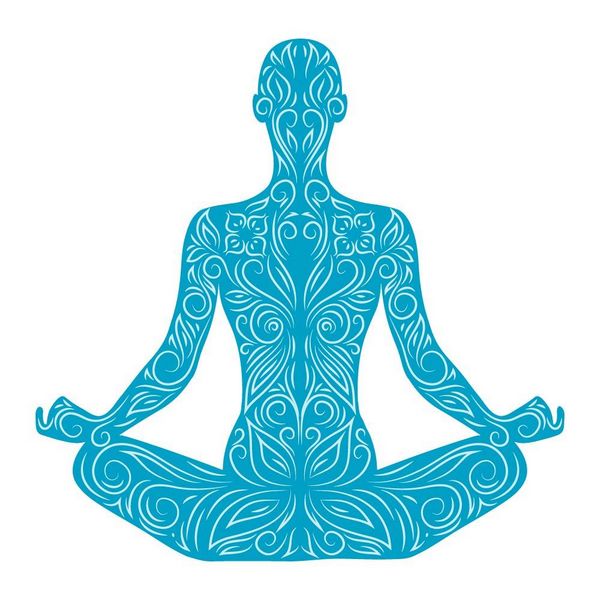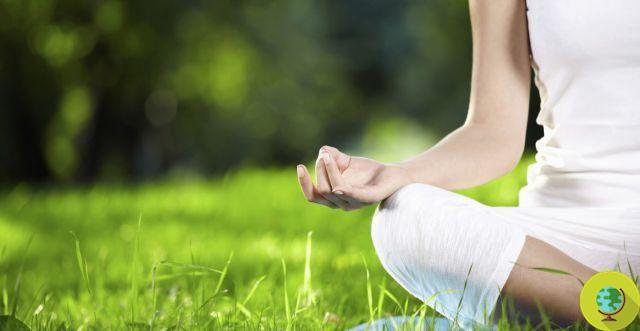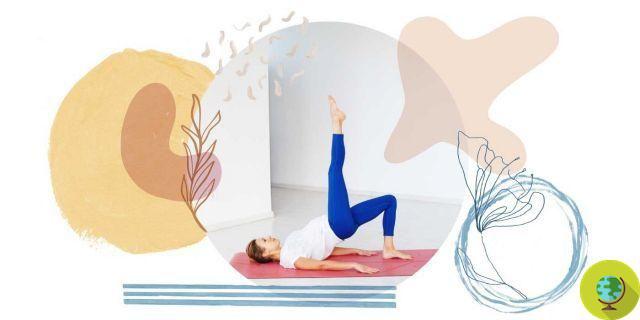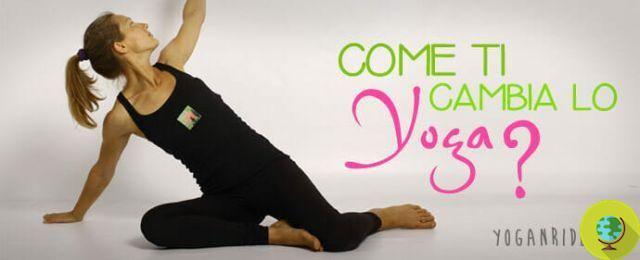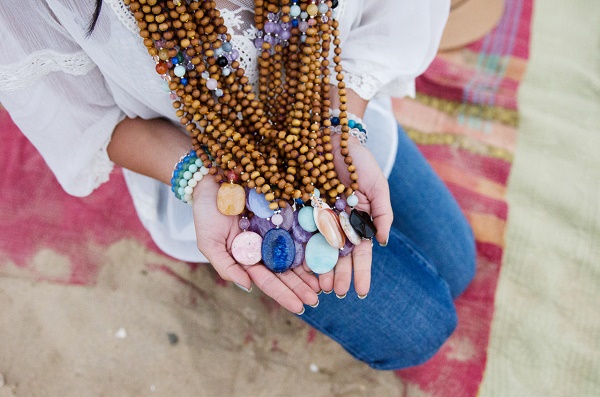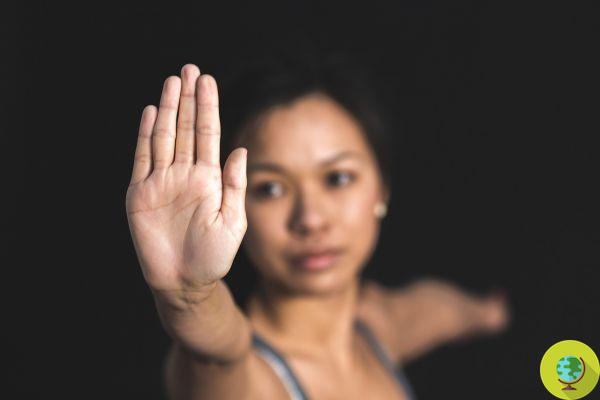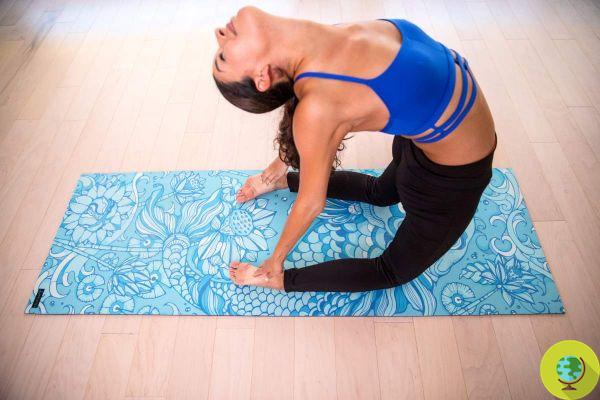
A few years ago, choosing a yoga mat was a very simple thing. There was a very narrow range of manufacturers, and the mats were all made of the same PVC material from the famous sports brands of large retailers.
Don't store avocado like this: it's dangerous
Today, however, yoginis are more and more, and more and more attentive. They want a produced in line with the principles of sustainability, health and optimal performance. They are looking for a space for the body and the soul that, in addition to being functional, of quality and aesthetically beautiful, also has a low environmental impact. And that's how the Eco-friendly yoga mats.
To be defined as such, an eco-friendly yoga mat must be made of organic, natural, ethical and sustainable materials. But what possibilities exist? Let's see what types of mattresses you can find on the market right now, at a reasonable price-quality ratio (not too expensive, but of real value).
Index
Eco-friendly yoga mat: what does it mean?
Nowadays, the "eco-friendly" label is given to many products and companies, often inappropriately. Many consumers are sensitive to respect for the planet and the reduction of their environmental impact, and this pushes brands to grab the green share of the market.
Even in the world of yoga mats it works like this. True yoginis are not satisfied with a cheap product, nor do they want to compromise with plastic. And as a result, many brands have launched their own green mattress. Mind you, though: "100% non-PVC" means nothing.
So what is a truly ecological yoga mat? First, it is a mattress made only with natural materials declared sustainable and environmentally friendly. Then comes the processing. Minimal if possible, and with a low impact on resources (soil, water) along the entire production chain.
I ecological mats they have small and medium-sized companies behind them, with an often young and innovative business idea. What does all this imply? Two simple things: the first is that green carpet brands are not yet well known.
The second is that to offer a product made of 100% natural material on the market, the cost of the product is a little higher than for common yoga mats.
Ecological yoga mats: types
There are not many mats made of eco-friendly materials. Responsible processing of natural raw materials is complex and this makes them quite a niche product. But since the demand is growing (who knows, maybe you too want to find out to buy one) here we have collected some types of ecological yoga mats on the market.
Natural rubber yoga mats
I Eco-friendly yoga mats made of natural rubber they are the typology that adapts to the widest category of public.
They have the thickness and grip that are needed to guarantee the right comfort and stability to the yogini, without moving during the asana session. They are liked because they satisfy everyone, from the expert to the beginner.
There are many brands that sell yoga mats in natural rubber, ed it is important to distinguish an ecological product that is only declared from the truly green mat.
The Artletica brand, for example, make eco-friendly yoga mats for real. The mat, in fact, is made 100% from a sustainable material extracted from the Parà tree, the natural rubber tree, or caoutchouc.
Their flagship yoga mat, Soul, has a black natural rubber base, with a very strong grip on the ground and an upper part also in natural rubber printed in 6 colors, totally organic and eco-friendly.
Rubber mats are popular in many ways. They are easy to wash, do not retain too much odors, and last for many years without spoiling. They weigh more than the alternatives, but are by far the most popular.
Cork yoga mat
The cork yoga mat is another very overused green choice. The plant-based, light and insulating fabric allows you to create low-thickness, eco-friendly mats that are also comfortable for travel.
Here, however, a big problem arises: cork is a difficult raw material to find, especially in recent times. To be competitive, many companies sell cork mats for 20-30 euros, effectively mixing the plant part with other materials.
Therefore you have to pay attention to imitations: often the ecological 'cork' mats are hybrid mats containing some plastic material. The mat in pure cork, on the other hand, often has prohibitive prices.
What are the opinions regarding a cork yoga mat? There are those who appreciate the grip of the material, or those who love the idea of meditating on a wooden mat.
However, placing your back, knees and elbows on a cork mat can give you mixed sensations. Also, you have to consider that it will tend to deteriorate more easily than a natural rubber mat (more elastic and resistant by nature) or to retain a little more odors.
Fabric yoga mats
Finally, a third type is that of fabric yoga mats. We are talking about both thick 'rugs' made of cotton, hemp or textile fibers, and simple mats with thicknesses starting from 1 mm, similar to a towel.
Also in this case, the material of the yoga mat is natural, because it is made of textile fiber. Anyone who buys such a mat wants a travel product that is foldable and transportable everywhere.
The weak point is that the fabric mat is definitely not suitable for daily training. They are very pleasant, for example, for a yoga session by the sea, but on the floor of the house it will be like not having a support under your feet.
So pay attention to the thinness of the fabric: hard ground or a slightly complex yoga position is enough to make you regret a few millimeters of extra softness.
How to choose a yoga mat
The material in Yoga mats
The materials used in the manufacture of the yoga mat will determine its grip, its comfort, its respect for the environment but also for your body. Dwelling on choice is essential for an enjoyable yoga experience.
Some materials will be very soft to the touch, giving a "cocooning" effect to your practice. Others will be very snug and will allow you to perform all positions, including the most dangerous ones, with confidence and without the risk of slipping. Some materials are naturally antibacterial for a healthy and hygienic practice.
And for the utmost respect for the Planet, today there are several eco-responsible materials that allow you to practice hard.
In summary:
- The most pleasant to the touch materials: microfiber, cork, organic cotton
- The most non-slip materials: natural rubber, PU, cork, microfiber
- The most ecological materials: cork, natural rubber, organic cotton, jute (albeit a little rough and not very pleasant to touch)
- The most hygienic materials: natural rubber, cork (naturally antibacterial), organic cotton (for its ease of maintenance)
Depending on the type of practice, but also on your personal needs, you will choose one model of mat rather than another. However, in general, some criteria need to be taken into account to make sure you don't make a mistake in your choice.
Adhesion of the mat
The adherence of a yoga mat (Grip) guarantees a stable practice, especially for beginners or for those who practice a rather intense workout.
The grip of a yoga mat is measured on 2 levels:
- Adherence to the floor: depending on the material used for the base of the carpet (the lower part), it will be more or less adherent to the floor. While a PVC mat will slip on some floors, other mats such as natural rubber will stay in place on any type of floor. A yoga mat with a good grip on the floor will allow you to practice confidently without fear that the mat will move on the floor and you will fall.
- The taking of the body: how much is important? This is probably one of the most important criteria for choosing a yoga mat. This grip is created by the surface of the carpet. Some mats, such as those made of PVC, are quite slippery and even more so when you sweat.
Mat thickness
The thickness of the mat must be selected according to the type of yoga that is practiced, but also the comfort that is sought in particular for the joints.
The thicker and softer the mat, the more comfortable it will be, especially if you sit or lie down often. The thinner and denser the mat, the better your balance and stability will be on it, especially if you do a lot of standing and balancing poses.
So choose a mat that has a thickness of at least 4 or 5 mm: it will be good for any type of exercise you do.
Weight of yoga mat
The weight of the yoga mat will depend on the materials it is made of. The weight of a yoga mat can vary from 1 to 3 kg. The denser the material, the heavier the mat.
This is for example the case with natural rubber. PVC mats have the advantage of being very light, but their impact on the environment is very heavy.
In general, the weight of the yoga mat shouldn't be a hindrance and is usually a sign of its quality. It shows that it is made of strong and durable materials, which will keep the yoga mat in good condition for as long as possible.
The heavier and denser a mat is, the better it will rest on the floor. It unfolds easily and lays flat on all types of floors without bouncing or curling, as lighter mats like PVC or TPE can do.




